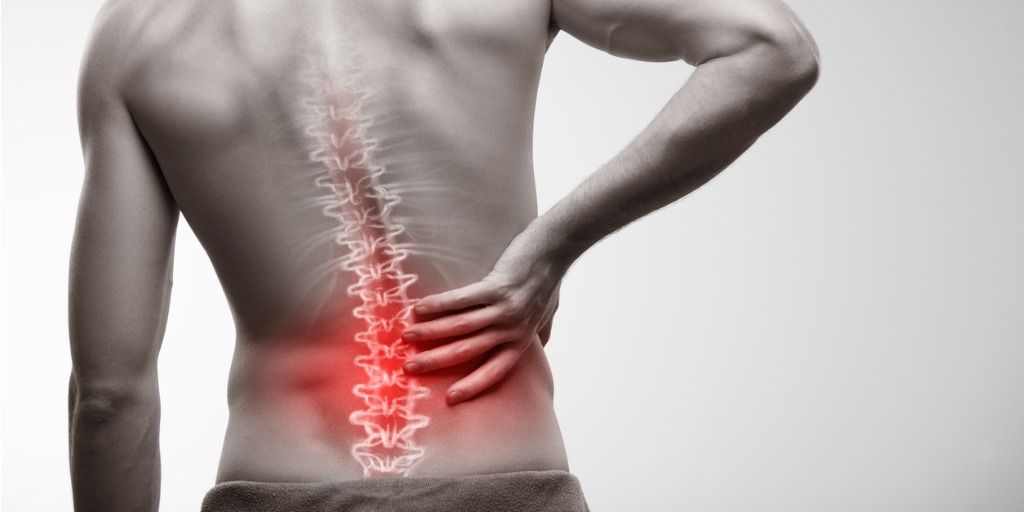Should you be doing more beyond pre-employment medicals to prevent injuries to new employees?
Particularly in jobs that are manual task intensive, completing a pre-employment medical is very much standard practice nowadays. These medicals can vary in length and quality. But even high-quality pre-employment medicals may have their pitfalls and still leave new workers at risk of musculoskeletal injuries.
Whilst a candidate may be able to ‘pass’ a pre-employment functional assessment, this assessment is usually always completed in under 60 minutes. Particularly with workers in the mining industry, these candidates may then have to go away and work for 14 days straight in a physical job. It is unlikely that this assessment is going to be able to replicate this volume of work in a meaningful way.
So, what does this mean?
It means that your new employees may still be at greater risk of a workplace injury as they are not fully conditioned for work. This can particularly be in groups such as younger workers or apprentices as they are still maturing or haven’t previously worked in physical jobs. Providing further conditioning may assist in reducing their risk of injuries.
A review conducted by Clemes et. al. (2009) found that tailored strength and flexibility training was effective in reducing manual handling related injuries. As an extension of this, providing further job specific conditioning, improving strength and flexibility may assist in reducing the risk of injuries in newer employees.
Absolute Balance is in the process of running a pilot program for new employees that work in physical job roles. The programme aims to condition these workers for their new working environment, with the aim of ultimately reducing their risk of musculoskeletal injuries.
For more information on this program and how it is being implemented, contact Aaron from Absolute Balance aaron@absolutebalance.com.au
References:
Clemes, S. A., Haslam, C. O., & Haslam, R. A. (2009). What constitutes effective manual handling training? A systematic review. Occupational Medicine, 2010 (60), 101-107.




